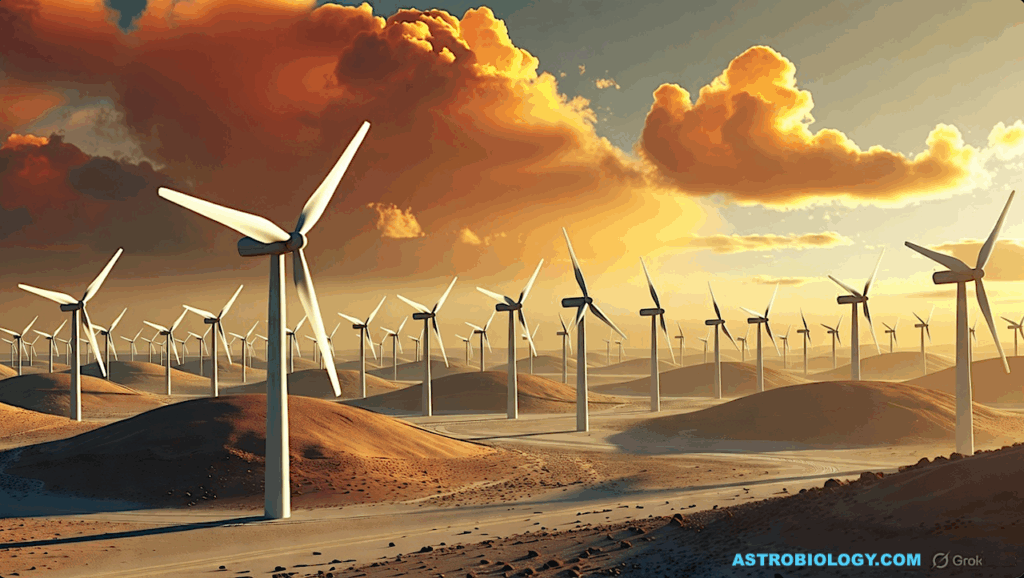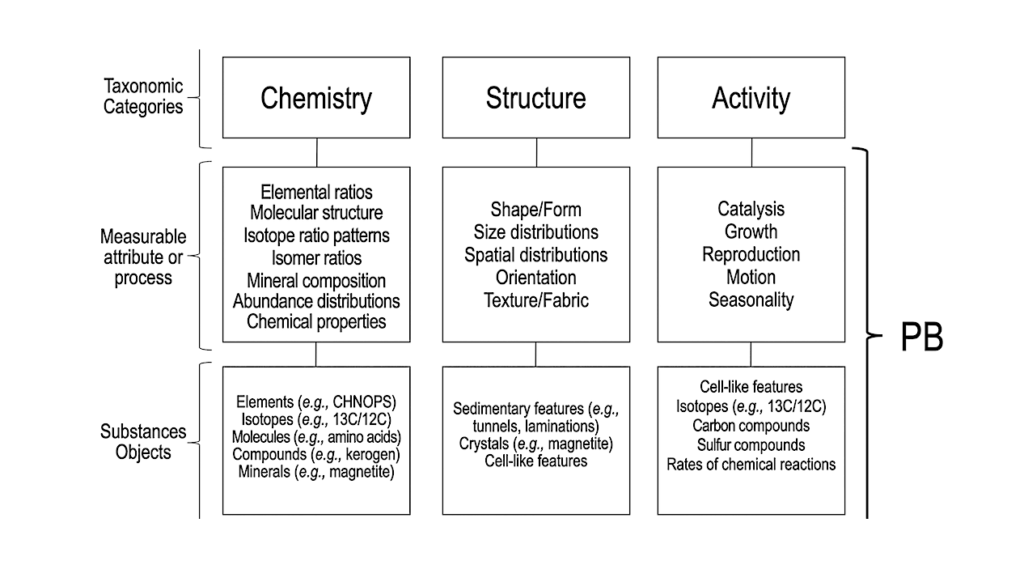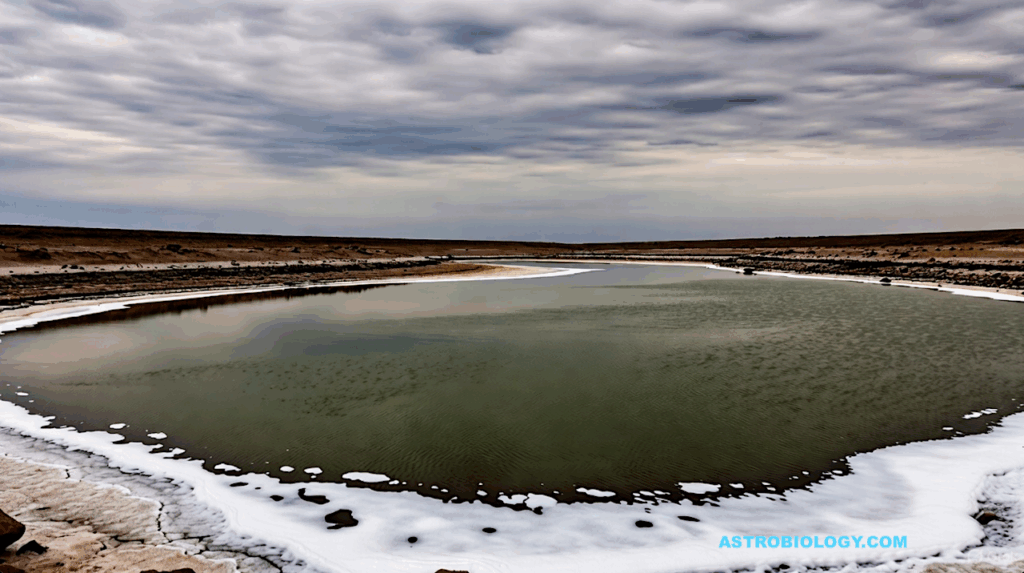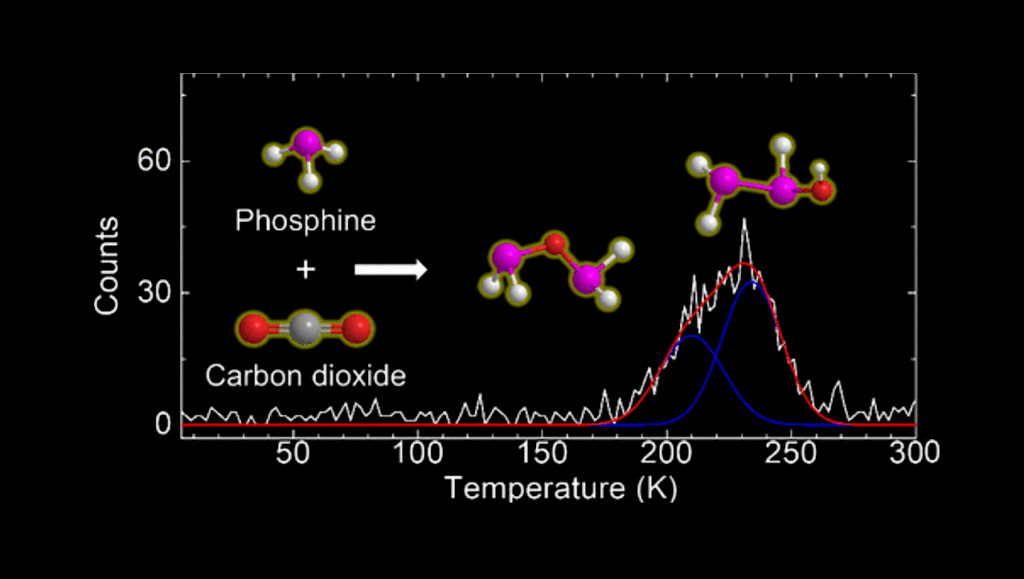Disequilibrium Biosignatures Over Earth History and Implications for Detecting Exoplanet Life

Chemical disequilibrium in planetary atmospheres has been proposed as a generalized method for detecting life on exoplanets through remote spectroscopy.
Among solar system planets with substantial atmospheres, the modern Earth has the largest thermodynamic chemical disequilibrium due to the presence of life. However, how this disequilibrium changed over time and, in particular, the biogenic disequilibria maintained in the anoxic Archean or less oxic Proterozoic eons are unknown. We calculate the atmosphere-ocean disequilibrium in the Precambrian using conservative proxy- and model-based estimates of early atmospheric and oceanic compositions. We omit crustal solids because subsurface composition is not detectable on exoplanets, unlike above-surface volatiles.
We find that (i) disequilibrium increased through time in step with the rise of oxygen; (ii) both the Proterozoic and Phanerozoic may have had remotely detectable biogenic disequilibria due to the coexistence of O2, N2, and liquid water; and (iii) the Archean had a biogenic disequilibrium caused by the coexistence of N2, CH4, CO2, and liquid water, which, for an exoplanet twin, may be remotely detectable. On the basis of this disequilibrium, we argue that the simultaneous detection of abundant CH4 and CO2 in a habitable exoplanet’s atmosphere is a potential biosignature.
Specifically, we show that methane mixing ratios greater than 0.001 are potentially biogenic, whereas those exceeding 0.01 are likely biogenic due to the difficulty in maintaining large abiotic methane fluxes to support high methane levels in anoxic atmospheres. Biogenicity would be strengthened by the absence of abundant CO, which should not coexist in a biological scenario.
Joshua Krissansen-Totton, Stephanie Olson, David C. Catling
(Submitted on 24 Jan 2018)
Comments: Main text 13 pages, supplementary materials 16 pages
Subjects: Earth and Planetary Astrophysics (astro-ph.EP)
Journal reference: Science Advances 24 Jan 2018: Vol. 4, no. 1, eaao5747
DOI: 10.1126/sciadv.aao5747
Cite as: arXiv:1801.08211 [astro-ph.EP] (or arXiv:1801.08211v1 [astro-ph.EP] for this version)
Submission history
From: Joshua Krissansen-Totton
[v1] Wed, 24 Jan 2018 21:54:50 GMT (1768kb)
https://arxiv.org/abs/1801.08211
Astrobiology








